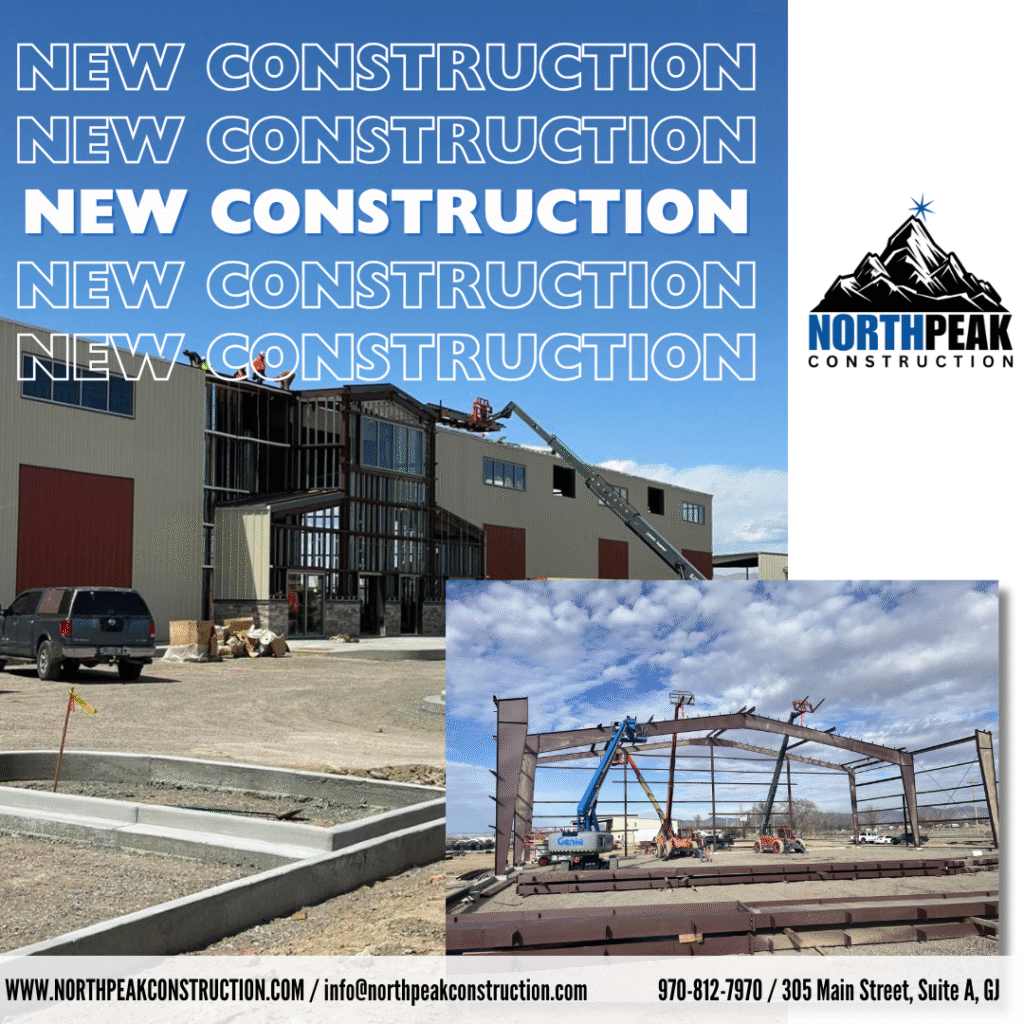Design Build vs. Traditional: Which is right for you?
When it comes to bringing your commercial construction project to life, you have two basic methods to choose from: a traditional (design-bid-build) method or a design build method. Each has its benefits and drawbacks, and deciding which is the best way to go will be up to you and your individual preferences.

Design Build
A “design build” method means that your contractor is in charge of everything: the design and the build. At North Peak we use this method and work with our architects, subcontractors, vendors and the owner as a team, from the very beginning of the project.
With a design build, you’re trusting your contractor to choose all of those other aspects: vendors, architects, etc. You’re allowing the contract to have most of the control, leaving you to just relax and wait for your finished project!
For some, this lack of control can be unpleasant. While it can save time and streamline processes, if you want to be more involved in various aspects of your project, a traditional method might be better for you.
Traditional Build
With a traditional build, also called a design-bid-build, you will choose your architect first. Once your architect has designed your project you can then have contractors bid on your project.
This also means you will become the go-between and main communicator between the architect and general contractor. You’ll be in charge of making more decisions in regards to your commercial project.
























